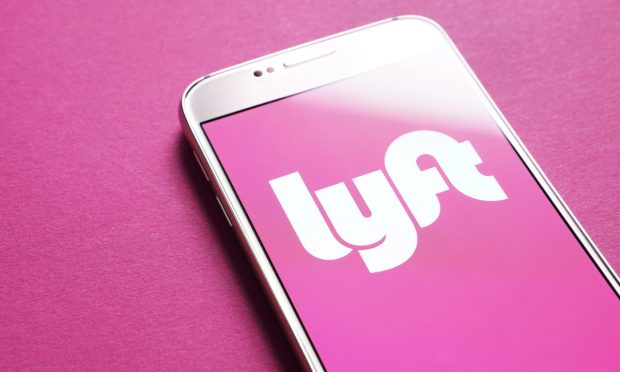Lyft CEO Sees ‘Third Chapter’ as All About the Network

Turning 10 years old this month, Lyft is back in recovery mode as pandemic restrictions come off coast-to-coast, slowly bringing back popular products like shared rides and maintaining a singular focus on transportation through recent investments in urban mobility.
President John Zimmer was future-focused during a Q1 2022 earnings call on Tuesday (May 3), saying that, “In much the same way you can’t use a mobile phone without attaching it to one of the big wireless networks, in the not too distant future it will become impossible to imagine using a car and other modes of transportation without connecting to a network.”
Calling this the “third chapter” of the company’s history, Zimmer said 2022 “will be about completing the Lyft network, connecting rideshare, bikes, scooters, rentals, transit, and even personal vehicles to maximize value for our customers. Our singular focus on transportation is a big competitive advantage.”
As to how that singular focus weathered a rough start to the year, CEO Logan Green noted that the omicron surge early in Q1 pushed ride volume down and saw drivers leaving the platform.
However, demand rebounded in February and March, elevating Lyft “to a new COVID high” he said, adding that total active drivers in Q1 increased more than 40% year over year, and that “new driver activations were up 70% versus Q1 last year, consistent with what we saw last year, drivers in Q1 gave more rides on average than they did in 2019 and average ride ETA’s in Q1 were 30% better on average than in the first quarter of last year.”
Chief Financial Officer Elaine Paul said that as of Q1 Lyft had 17.8 million active riders, “which includes rideshare as well as bikes and scooter rides. This represents an increase of more than 4.3 million people or up 32% versus last year and reflects a mix of both new and returning riders.”
Calling it “a kick-start quarter in terms of our investment across not only drivers but other things that we’re doing to invest in growth initiatives for the future, the health of the marketplace and our brand,” Paul referred to pumping up driver bonuses and incentives.
Fuel Up
Green addressed rising gas prices, noting that Lyft imposed a 55 cent per ride fuel surcharge at the end of Q1 meant to offset gas prices for Lyft drivers. He said, “in March drivers nationally spent an average of 61 cents more on gas per hour than they did in March of last year.”
Even with higher gas prices and before any surcharge relief went into effect, Green said Lyft drivers earned “more than $24 per hour on average, including tips and bonuses,” while acknowledging that “this is for all online time, which includes time drivers may have been doing other things, including earning on other app-based platforms.”
Scooters and Subscriptions
Zimmer called out the Lyft Rental program as growing 55% in Q1 over Q4, while touching on three strategic initiatives for 2022, including Priority Pickups, introduced last year and seeing “high usage,” partnerships including renewing Lyft’s points rewards deal with Chase, and growing the company’s electric vehicle (EV) network.
Lyft is acquiring PBSC Urban Solutions, a bicycle sharing equipment and technology company that he said, “will bring an incremental 70,000 bikes in 39 markets to our business.” It is also partnering with Spin to add more electric scooters to its micromobility portfolio.
Asked about the Lyft Pink subscription versus membership program competitors like Uber One, Zimmer went back to the company’s mobility focus, saying “in terms of membership, we are very committed to our membership program Lyft Pink and see it as a long-term growth driver for the business. In terms of Uber’s product, Uber One is clearly very focused on food and food delivery, whereas ridesharing is a smaller component of that.”
Also, Lyft also won’t be following Uber’s path into taxi cabs. Green noted that, “When you try to combine an e-hailing platform with a primarily street hail-based business, it’s in the driver’s best interest to cancel the hail ride [any time] they get a street hail that is, by definition, closer and more of a bird in the hand. You see traditionally very poor levels of reliability.”
